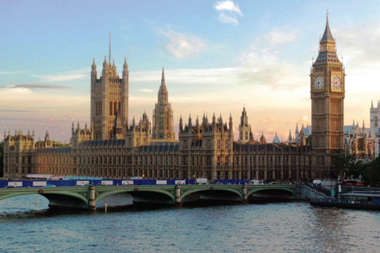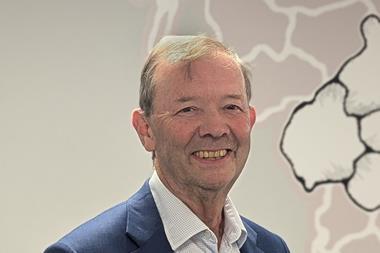NETHERLANDS - Coverage ratio at the larger Dutch pension funds has fallen to below 100% due to the recent market turmoil.
The funding of the €100bn healthcare scheme PFZW, which reported a coverage of 110% at the end of June, has fallen to "between 95% and 100%", said Peter Borgdorff, the scheme's director.
The €242bn civil service pension fund ABP announced that its funding has dropped to "under 100%" after posting coverage ratios of 112% and 106% at June-end and July-end, respectively.
The €23bn metal scheme PME and the €39bn metal pension fund PMT, which had coverage ratios of 95% and 97.3%, respectively, at the end of July, saw their funding fall further.
The schemes all declined to be more specific about the most recent figures, referring to the daily volatility of the markets.
The €8bn pension fund for the retail sector reported a coverage of 96.9% at the end of last month.
Last Monday, consultant Mercer estimated that the funding of the average Dutch pension fund had fallen by 4.5% since July-end.
Meanwhile, the funding of the average scheme has dropped further to 5.3%, Paul Duijsens, principal ALM at Mercer, told IPE today.
He added that equity has decreased by 10% during the past 10 days.
ABP said it might need to decide to take "additional measures" if it is still short of its recovery plan, which aims at the minimum required funding of 105% by 2013.
However, PFZW explicitly said it was not expecting to grant any indexation, as its minimum level for inflation compensation is a funding ratio of 105%.
The healthcare scheme also said it needed to re-activate its recovery plan to achieve a minimum funding of 104% by 2013. If its funding remains under 100% after that point, it might need to review its recovery plan, it said.
In a message to its 2.4m participants, PFZW stressed that their pensions and pension benefits would have been 50% lower, or their contributions would have had to be twice their current level, if the pension fund depended on saving rather than on investing.
After an absolute low of just over 80% in February 2009, PME saw its coverage briefly rise to a funding of 102% in the same year.
Last year, both PME and PMT narrowly avoided benefits cuts after their funding fell again following a sudden drop in long-term interest rates, the criterion for accounting liabilities.

























No comments yet